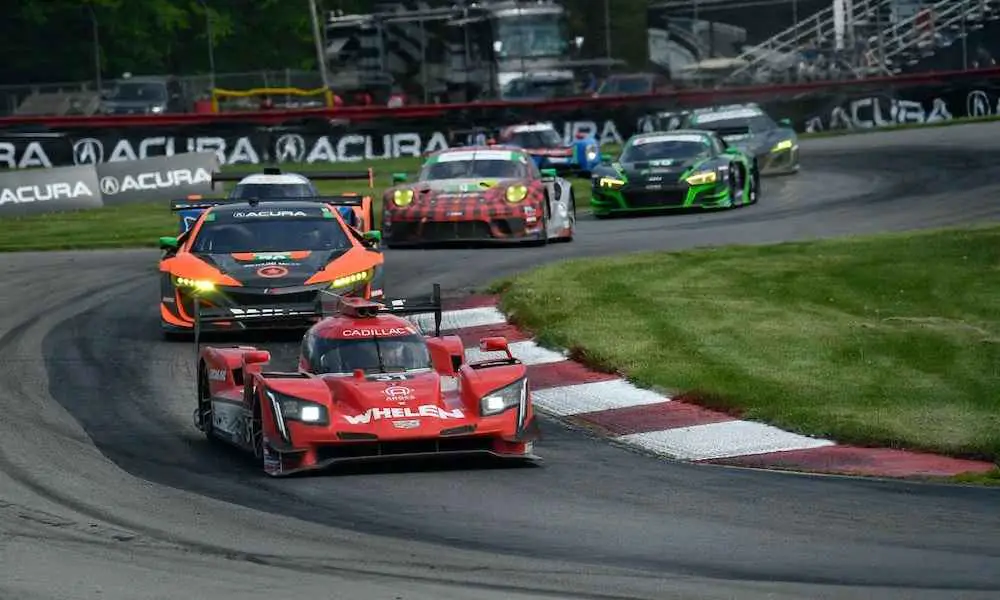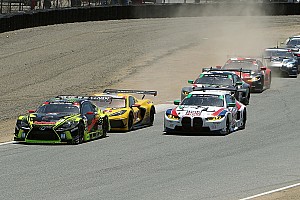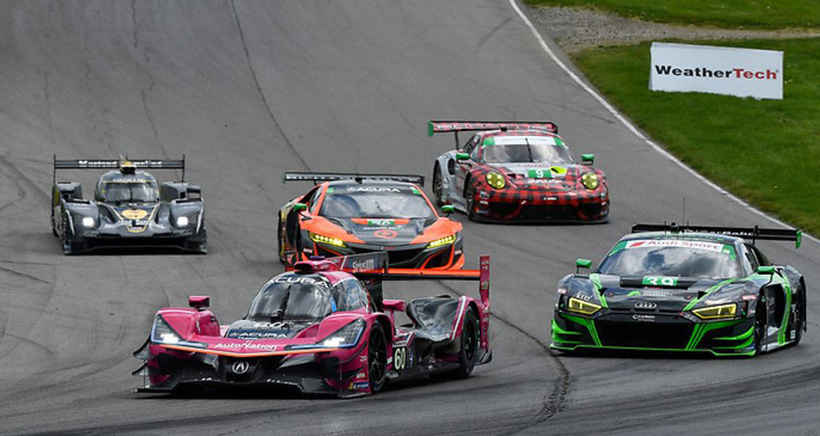Race car drivers are professional athletes who compete in motorsports events around the world. These events can range from Formula 1 and IndyCar, to NASCAR and sports car racing.

Race car drivers possess a unique set of skills and characteristics that allow them to compete at the highest level of the sport. In this article, we will take a closer look at the training, preparation, and off-track activities of race car drivers, as well as the strategies and tactics they use to win races.
Training and Preparation
Race car driving is a physically and mentally demanding job.
Race car drivers must be in top physical condition to withstand the high G-forces they experience while racing, as well as the intense heat and confinement of the cockpit. They also need to have quick reflexes and the ability to make split-second decisions on the track.
To prepare for the rigors of racing, drivers engage in a variety of training methods. One of the most important tools at a driver’s disposal is the simulator.
These high-tech machines simulate the conditions of a race track, allowing drivers to practice and perfect their driving techniques without the risk of crashing. Many teams also have their own gym and fitness facilities where drivers can work on their cardiovascular and strength training.
In addition to physical preparation, drivers also need to have a strong mental game. Racing is a highly competitive sport and drivers must be able to handle the pressure of competing at the highest level.
To achieve this, many drivers engage in mental conditioning and visualization exercises to prepare them for the demands of racing.
Racing Itself
Racing is a high-speed, high-stakes sport that requires a combination of skill, strategy, and teamwork.
Race car drivers compete in a variety of formats, including Formula 1, NASCAR, and IndyCar. Each of these formats has its own set of rules and regulations, as well as its own unique challenges.
Strategies and tactics play a crucial role in racing. Drivers and their teams must make decisions on everything from pit stops and tire choices, to fuel strategy and drafting tactics.
In addition, drivers must be able to adapt to changing track conditions and unexpected events.
Team dynamics are also important in racing. Drivers rely on their teams of engineers and mechanics to provide them with the fastest car possible, as well as to make quick decisions during a race.
Drivers work closely with their teams to fine-tune their cars for each race, and to make on-the-fly adjustments during the event.
Off-track Activities
When they are not racing, drivers engage in a variety of off-track activities. Many drivers are involved in charity work, where they give back to their communities.
They also participate in sponsorships and promotional events, which help them to raise their profile and generate income. Some of the drivers are also ambassadors for various brands and companies.
One of the most important off-track activities for drivers is media appearances. Drivers are often in high demand for interviews and appearances on television and radio shows, as well as in print and online media.
This helps to keep them in the public eye and maintain their fan base.

Balancing personal and professional lives
Drivers also have to balance their personal lives, including relationships and family commitments, with their racing careers. This can be a difficult task, as the racing schedule is demanding and requires a significant amount of travel.
Drivers are often away from home for weeks or even months at a time, and they miss important events such as birthdays and holidays.
Despite the challenges, many drivers have been able to build successful careers while also maintaining healthy personal lives. They make the most of their time off the track, spending it with family and friends, and they make sure to stay in touch with loved ones while they are on the road.

Conclusion
Being a race car driver is a challenging and demanding profession that requires dedication, hard work, and a unique set of skills. Drivers must be in top physical and mental condition, and they must be able to make quick decisions on the track.
They also have to balance their personal and professional lives, and find ways to give back to their communities.
Race car drivers are true professionals and their passion for the sport is evident in everything they do. From training and preparation, to racing itself and off-track activities, drivers are constantly pushing themselves to be the best they can be.
They are true athletes, and their performances on the track are a testament to their talent, skill, and dedication.
What kind of physical condition do race car drivers need to be in?
Race car drivers need to be in excellent physical condition to withstand the high G-forces they experience while racing, as well as the intense heat and confinement of the cockpit. They engage in various physical training methods such as gym workouts, cardio exercises and strength training to prepare for the rigors of racing.
How do race car drivers prepare for racing mentally?
Race car drivers engage in mental conditioning and visualization exercises to prepare them for the pressures of racing. They also use simulators to practice and perfect their driving techniques without the risk of crashing.
What are the different types of racing formats that drivers compete in?
Drivers compete in a variety of formats such as Formula 1, NASCAR, and IndyCar. Each format has its own set of rules and regulations and its own unique challenges.
How do drivers and teams make strategic decisions during a race?
Drivers and their teams make decisions on everything from pit stops and tire choices, to fuel strategy and drafting tactics. Drivers and teams also have to adapt to changing track conditions and unexpected events.
How do drivers balance their personal lives with their racing careers?
Drivers have to balance their personal lives, including relationships and family commitments, with their racing careers. This can be a difficult task, as the racing schedule is demanding and requires a significant amount of travel.
Drivers make the most of their time off the track, spending it with family and friends, and they make sure to stay in touch with loved ones while they are on the road.